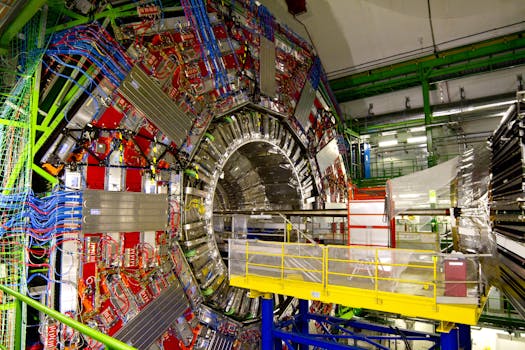The Future is Now: Exploring the Cutting-Edge Innovations in Satellite Telecommunications

The Future is Now: Exploring the Cutting-Edge Innovations in Satellite Telecommunications. The field of satellite telecommunications is rapidly evolving, with new innovations and technologies emerging every day. One of the most significant advancements in recent years is the development of high-throughput satellites (HTS), which offer faster data speeds and greater connectivity than ever before. These satellites use advanced technologies such as phased arrays and beamforming to provide high-capacity broadband services to users around the world.
Another area of innovation in satellite telecommunications is the use of quantum communications. This technology uses the principles of quantum mechanics to enable secure and reliable communication over long distances. Quantum communications have the potential to revolutionize the way we communicate, making it possible to send sensitive information securely and efficiently. Companies such as Google and Microsoft are already investing heavily in quantum research, and we can expect to see significant breakthroughs in the coming years.
In addition to these advancements, there are also new developments in antenna technology. Traditional satellite antennas are often large and cumbersome, but new designs such as flat panel antennas and (meta)materials-based antennas are changing the game. These antennas are smaller, lighter, and more efficient, making them ideal for use in a variety of applications, from satellite broadband to 5G networks.
The Role of Artificial Intelligence in Satellite Telecommunications
Artificial intelligence (AI) is also playing an increasingly important role in satellite telecommunications. AI algorithms can be used to optimize satellite operations, predicting and preventing errors, and improving overall efficiency. AI can also be used to enhance cybersecurity, detecting and responding to threats in real-time. As the use of AI in satellite telecommunications continues to grow, we can expect to see significant improvements in performance, reliability, and security.
The Future of Satellite Telecommunications: Trends and Predictions
So what does the future hold for satellite telecommunications? One trend that is likely to continue is the growth of satellite constellations. Companies such as SpaceX and OneWeb are launching thousands of small satellites into low Earth orbit, providing global coverage and connectivity. We can also expect to see the development of new satellite-based services, such as satellite-based 5G and Internet of Things (IoT) services. As the demand for satellite telecommunications continues to grow, we can expect to see significant investments in new technologies and infrastructure.
Challenges and Opportunities in Satellite Telecommunications
Despite the many advancements and innovations in satellite telecommunications, there are still significant challenges to overcome. One of the biggest challenges is regulatory uncertainty, as governments and regulatory bodies struggle to keep up with the rapid pace of technological change. There are also concerns about space debris and the potential for satellite collisions. However, these challenges also present opportunities for innovation and growth, as companies and organizations work to develop new solutions and technologies to address these issues.
In conclusion, the future of satellite telecommunications is bright, with cutting-edge innovations and technologies emerging every day. From advanced antennas to quantum communications, we are on the cusp of a revolution in satellite telecommunications. As the industry continues to evolve and grow, we can expect to see significant improvements in performance, reliability, and security, and new opportunities for innovation and investment.






